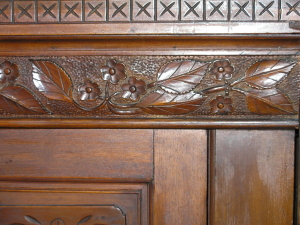 The walnut cabinets in our living room have been in Sarah’s family since the early 1900s. They were built-ins on either side of a fireplace in her grandparents’ home in Kingston, Ontario.
The walnut cabinets in our living room have been in Sarah’s family since the early 1900s. They were built-ins on either side of a fireplace in her grandparents’ home in Kingston, Ontario.
Sarah never met those grandparents but the cabinets became family heirlooms filled with stories. She inherited them from her father when he died in 1994. Here they are now in our living room in Nanaimo after travelling throughout southern Ontario for over 90 years and then, in 2005, across the country to Vancouver Island.
Inside the cabinets we’re placed all sorts of glassware, china, candles and things we can’t seem to part with. Lately though we really want to let things go to make room for new possibilities and really to have some blank space.
We’ve now assembled a grouping of things to let go of as we’ve been going through every cupboard and drawer lately to create some breathing room. We figured the fondue and bean pots could go as we haven’t used them in nine years. We know a big family who would enjoy them. The champagne flutes could go to the same family as they have a couple of important birthdays to celebrate. And the beautifully decorated camels, made in India that belonged to Sarah’s Dad, can be passed along too.
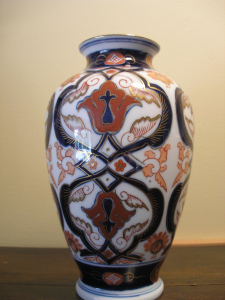 We created a gift section – things to pass on to others. A china mug could be given with some tea. A gold Imari vase hand painted in Japan could be given with some flowers.
We created a gift section – things to pass on to others. A china mug could be given with some tea. A gold Imari vase hand painted in Japan could be given with some flowers.
I don’t think this is called “regifting,” it’s offering new life to objects that would otherwise be lingering in a cupboard or closet. For decades we heard the term “Indian giver” which implied gifts given and taken back.
Anthony Storr in his book The Gift: Imagination and the Erotic Life of Property (Vintage Books, 1979) said the expression really should be “white man keeper” or “capitalist” as we European, white folk tend to lock things up and put them in museums rather than giving them a life.
Storr recounts a story in which an Englishman is given a soft red stone pipe by the people of the local Massachusetts First Nation. He later places it on his mantelpiece and is surprised when the “leader of a neighboring tribe” comes to visit and expects to have a smoke as well as be given the pipe.
When Storr mentioned “white man keeper” he was referring to the instinct of removing property from circulation “to put it in a warehouse or museum (or, more to the point for capitalism, to lay it aside to be used for production.”)
The original Indian giver “understood a cardinal property of the gift: whatever we have been given is supposed to be given away again, not kept. Or, if it is kept, something of similar value should move on in its stead, the way a billiard ball may stop when it sends another scurrying across the felt, its momentum transferred.”
Storr goes on to say: “As it is passed along, the gift may be given back to the original donor, but this is not essential, In fact, it is better if the gift is not returned but is given instead to some new, third party. The only essential is this: the gift must always move. There are other forms of property that stand still, that mark a boundary or resist momentum, but the gift keeps going.”
One green glass vase I was sure was used to hold flowers at my mother’s memorial in 1995. Sarah thinks she bought it in Stratford, Ontario as every time she went out with her friend Lynda she seemed to bring home a vase.
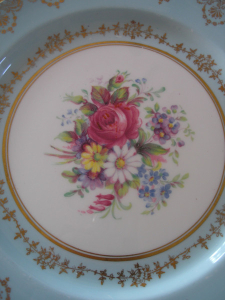 The memories are mingling especially as our objects sit side by side. We put back some decorative plates because they’re so beautiful. (Paragaon Fine Bone China By Appointment CHINA POTTERS TO Her Majesty QUEEN ELIZABETH.) Maybe we’ll let them go on the next round.
The memories are mingling especially as our objects sit side by side. We put back some decorative plates because they’re so beautiful. (Paragaon Fine Bone China By Appointment CHINA POTTERS TO Her Majesty QUEEN ELIZABETH.) Maybe we’ll let them go on the next round.
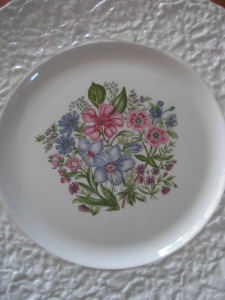 One cake plate was an engagement gift before I got married on August 30, 1969. (Royal Cauldron Bristol Ironstone, Woodstock, Made by England’s Oldest Pottery Established 1652.) It was a gift from Millie Wallace, a family friend with whom I shared an apartment for a couple of years before I got married. Millie and I would stay up late watching Johnny Carson and smoking Rothman’s cigarettes. Funny I’m remembering, not cake, but those cigarettes!
One cake plate was an engagement gift before I got married on August 30, 1969. (Royal Cauldron Bristol Ironstone, Woodstock, Made by England’s Oldest Pottery Established 1652.) It was a gift from Millie Wallace, a family friend with whom I shared an apartment for a couple of years before I got married. Millie and I would stay up late watching Johnny Carson and smoking Rothman’s cigarettes. Funny I’m remembering, not cake, but those cigarettes!
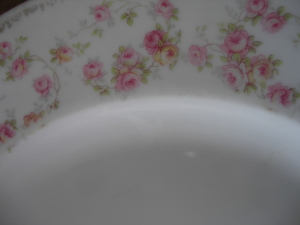 Two pink flowered plates were my maternal grandmother’s (Royal Bayreuth, Bavaria.) I can’t say I ever remember her using them. Perhaps there was no occasion special enough. I think the pattern is called Bridal Wreath or Bridal Rose.
Two pink flowered plates were my maternal grandmother’s (Royal Bayreuth, Bavaria.) I can’t say I ever remember her using them. Perhaps there was no occasion special enough. I think the pattern is called Bridal Wreath or Bridal Rose.
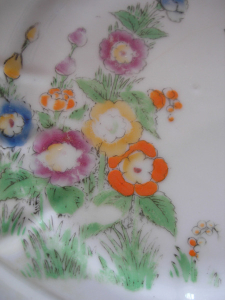 The other one was my great grandmother’s. It simply says: “Hollyhock HANDPAINTED.”
The other one was my great grandmother’s. It simply says: “Hollyhock HANDPAINTED.”
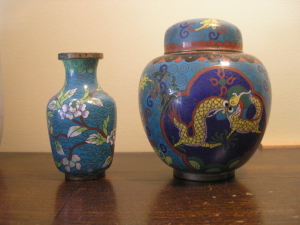 A cloisonné jar was Mum’s and I connect it to her husband Ted, an Englishman born in India. It was probably a gift from him. Beside it is a small cloisonné vase that I thought was Sarah’s but she tells me it’s also mine!
A cloisonné jar was Mum’s and I connect it to her husband Ted, an Englishman born in India. It was probably a gift from him. Beside it is a small cloisonné vase that I thought was Sarah’s but she tells me it’s also mine!
At the dinner table we talked about our mothers’ funerals. They didn’t actually have funerals. Sarah’s mother Kathleen had a small gathering in Toronto. Sarah’s Dad was there although her parents had been separated for many years. My Mum’s memorial was on the 50th floor of the Manulife Centre in Toronto where she had lived on her own since her divorce from her third husband. (I know there’s a chuckle in with the tears.) It was a chance for her friends to say goodbye as she had gone to hospital in January ’95 and died six weeks later. Most of her friends never saw her again.
Moving things around has stirred up so many memories. Sarah and I talk about our parents often. (My Dad is still living at 88) and they do guide us still.
You received gifts from me; they were accepted.
But you don’t understand how to think about the dead.
The smell of winter apples, of hoarfrost, and of linen.
There are nothing but gifts on this poor, poor Earth.
Czeslaw Milosz from “A Separate Notebook: The Mirrored Gallery”
translated by Robert Hass and Renata Gorczynski, Ironwood 18 (1981)

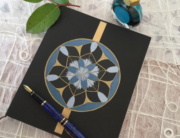

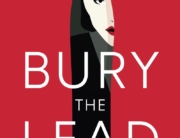
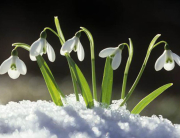

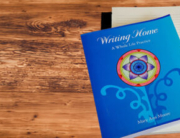

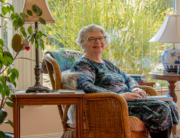
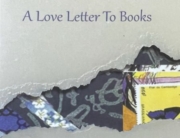

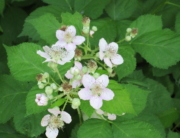
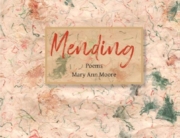
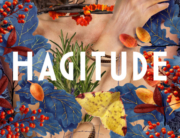
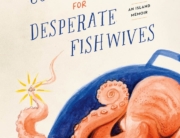


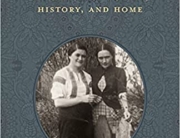
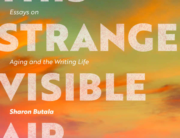
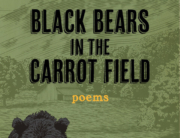
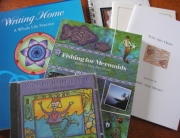
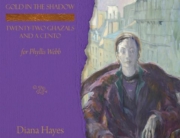
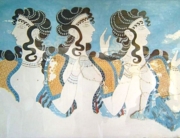
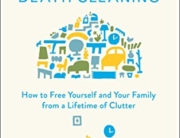
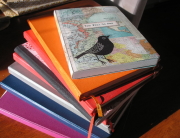
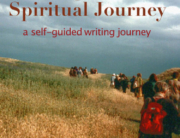
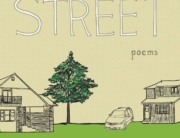
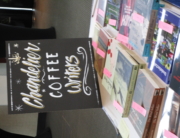
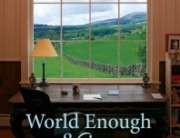

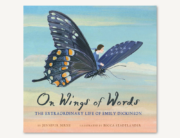
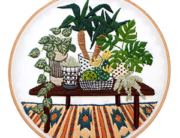
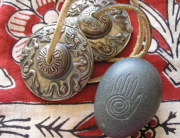
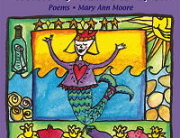
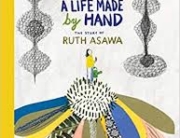
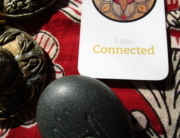
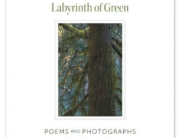
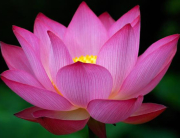
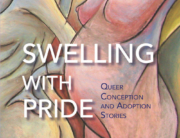
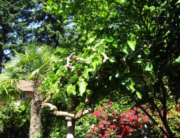
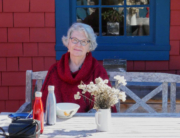
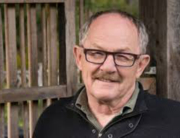
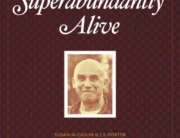
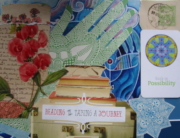
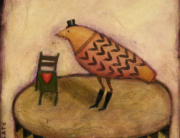
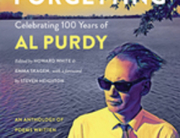

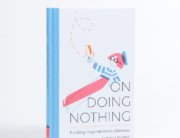
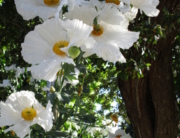

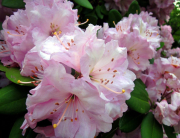
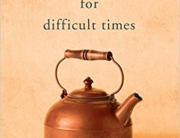
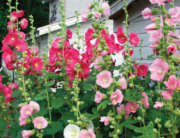
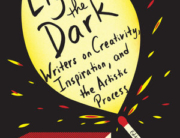
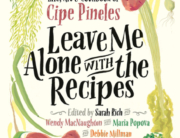
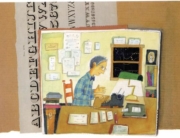
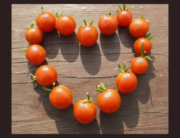



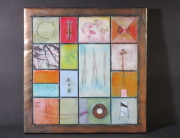
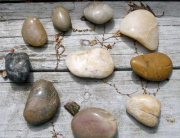
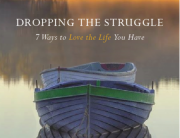
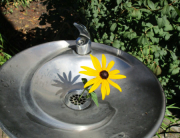
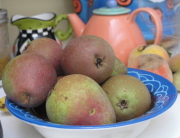
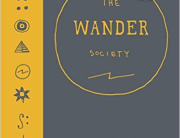
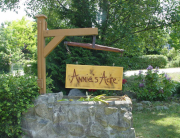


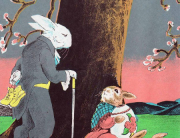

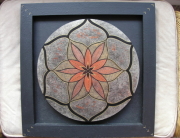

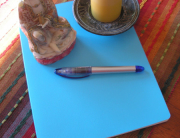

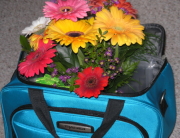
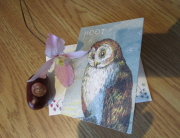
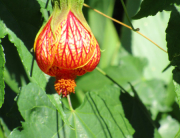
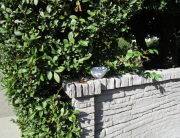
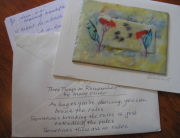
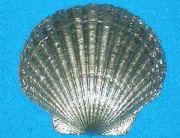
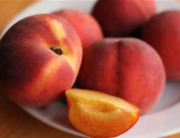
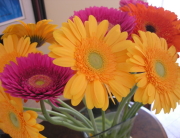
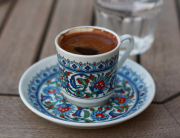
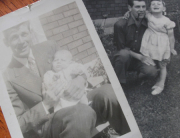
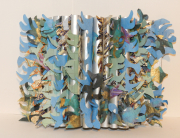
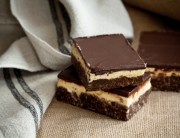

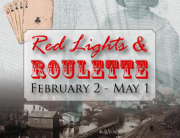
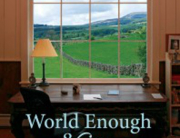
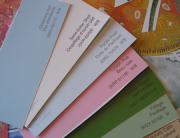
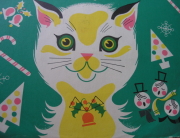
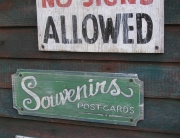
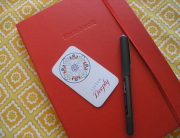
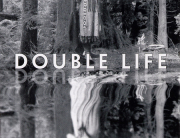

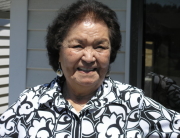
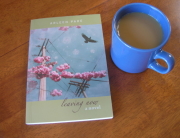

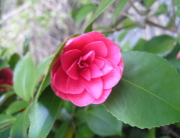

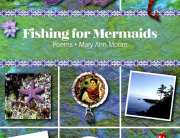
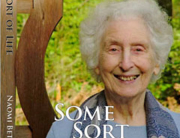
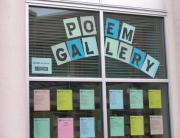
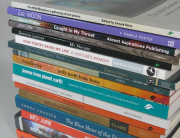

Oh and how the memories continue with each piece we touch. Great stories still to be remembered and written. To go with this one! ~sarah
Like you and Sarah I have gone through family heirlooms many times over the years and it is always interesting the stories we remember. It is lovely to read some of yours and Sarah`s personal stories that have surfaced during your time of rearranging things. You both have such lovely pieces with a rich history that you have been part of and have been keepers of the stories for such a long time. You are honouring your families and the pieces you now choose to give away by treating them with care and consideration. I so appreciate reading about how you are doing that and learning more about the term Indian Giver.
Something I learned about the term Indian Giver is that it was associated with the potlach ceremony. Jamie Sams also writes about it in her Sacred Path Cards book. My Métis teacher told me about this as part of the teachings I was given.
In the tradition of the first nations peoples of the Seneca and others who Jamie writes about, it is believed that everything has a spirit connected to it. The Spirit comes through the materials used to make it, the person who made it and the intended purpose of the object. For nations who celebrated the potlatch it was tradition give away something you still have need of even if you don`t want to. The harder it is to let go the greater the gift. When the object is given as a gift the Spirit of the object is honoured. It is believed that if the receiver put it away and did not use it then they dishonoured the Spirit of that object and so the giver could ask for it back. Hence the term Indian Giver. The Europeans did not understand this at the time just as they did not understand the potlatch. It became a disparaging term used to describe the practices of First Nations peoples.
When I moved from Ontario to the west coast there were special things that I needed to give away. Some things it was very hard to part with. Still I remembered my teachings and was learning to put them into practice in my life. So I had a give away ceremony and invited friends, family and neighbors to join in. Items were placed on the large round coffee table in the living room. Everyone was invited to walk around the table and take whatever they felt drawn to, .keeping in mind that everything had a Spirit and purpose and it was up to them to honour it. There were many things that found new homes where they were well loved and used for the purpose intended.
May your treasurers find new homes and continue to fulfill their purpose or be honoured with a new purpose.
Thanks Beth. It’s really tragic that the colonists and Canadian government didn’t understand the potlatch and so made it illegal. Here’s to the reclaiming of traditions. The thing about all this “stirring up” is that it has its effects on my body. My back is all seized up – due to computer work but I know it’s emotional as well.
What a lovely post. Thanks for this, Mary Ann!
I enjoyed reading about your family treasures, Mary Ann. It so important to appreciate them and then to bless them on their way, I think. It sounds like your giving away ceremony was very rich in sharing your understanding of the spirit of the potlatch. I have felt called lately, to “drum to set the ancestors free”. I have never been anywhere where that was done, and I am not quite sure of how to do it, but I just set my intention of honoring the spirits of my ancestors …. blessing them and setting them free while I drum. I was given a chant to sing while I do this. It was suggested to me by my partner, Harry, who is Inuit. He drummed with me the first time I did it and we chanted “omunna akoolook” which means “life, I love you” …..
I sure like the sound of the drumming to set the ancestors free as well as the chant: omunna akoolook. Thank you Clarice!
A beautiful tribute to family, Mary Ann…very special. Having just gone through the process of letting things go to make the move back to the prairies, I can relate. It warms me, though, to think of those things being with dear family and friends on the West Coast…